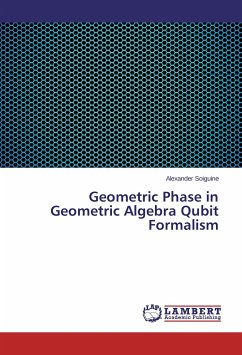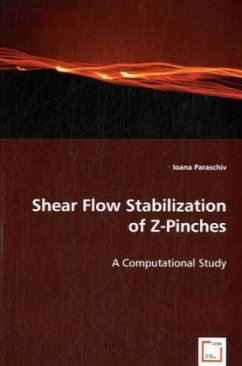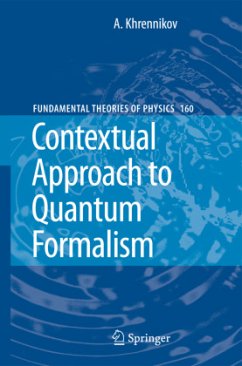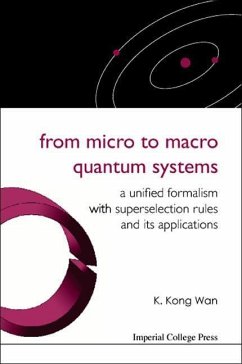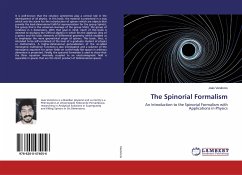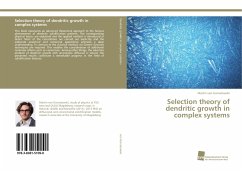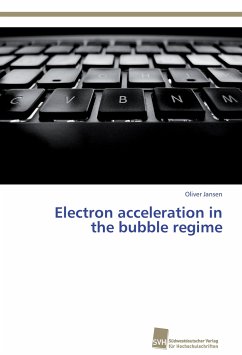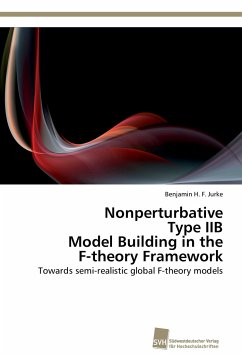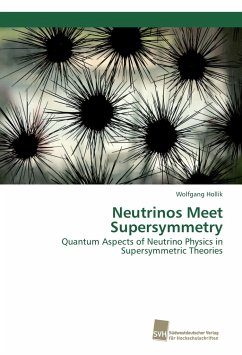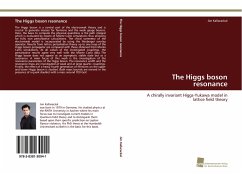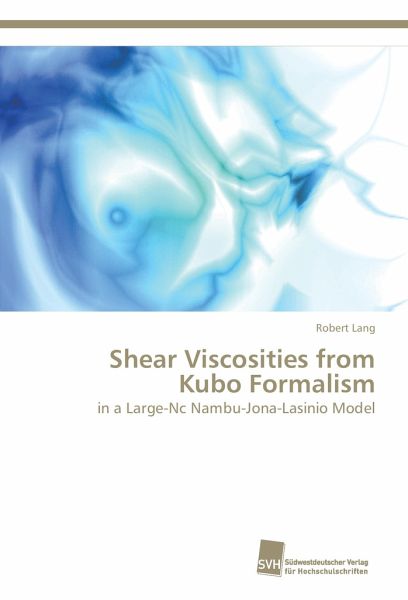
Shear Viscosities from Kubo Formalism
in a Large-Nc Nambu-Jona-Lasinio Model
Versandkostenfrei!
Versandfertig in 6-10 Tagen
45,99 €
inkl. MwSt.

PAYBACK Punkte
23 °P sammeln!
The quark-gluon plasma produced in heavy-ion collisions at RHIC and LHC is a hot and dense state of strongly correlated matter. It behaves like an almost-perfect fluid featuring a small ratio of shear viscosity to entropy density. In this thesis we calculate within a two-flavor Nambu--Jona-Lasinio model the shear viscosity as function of temperature and chemical potential. A new Kubo formula is developed, incorporating the full Dirac structure of the quark spectral function and avoiding commonly used on-shell approximations. Mesonic fluctuations occurring at Fock level provide the dominant dis...
The quark-gluon plasma produced in heavy-ion collisions at RHIC and LHC is a hot and dense state of strongly correlated matter. It behaves like an almost-perfect fluid featuring a small ratio of shear viscosity to entropy density. In this thesis we calculate within a two-flavor Nambu--Jona-Lasinio model the shear viscosity as function of temperature and chemical potential. A new Kubo formula is developed, incorporating the full Dirac structure of the quark spectral function and avoiding commonly used on-shell approximations. Mesonic fluctuations occurring at Fock level provide the dominant dissipative process. The resulting parameter-free ratio is an overall decreasing function of temperature and chemical potential. In combination with hard-thermal-loop results we find this ratio to feature a minimum slightly above the AdS/CFT benchmark.



